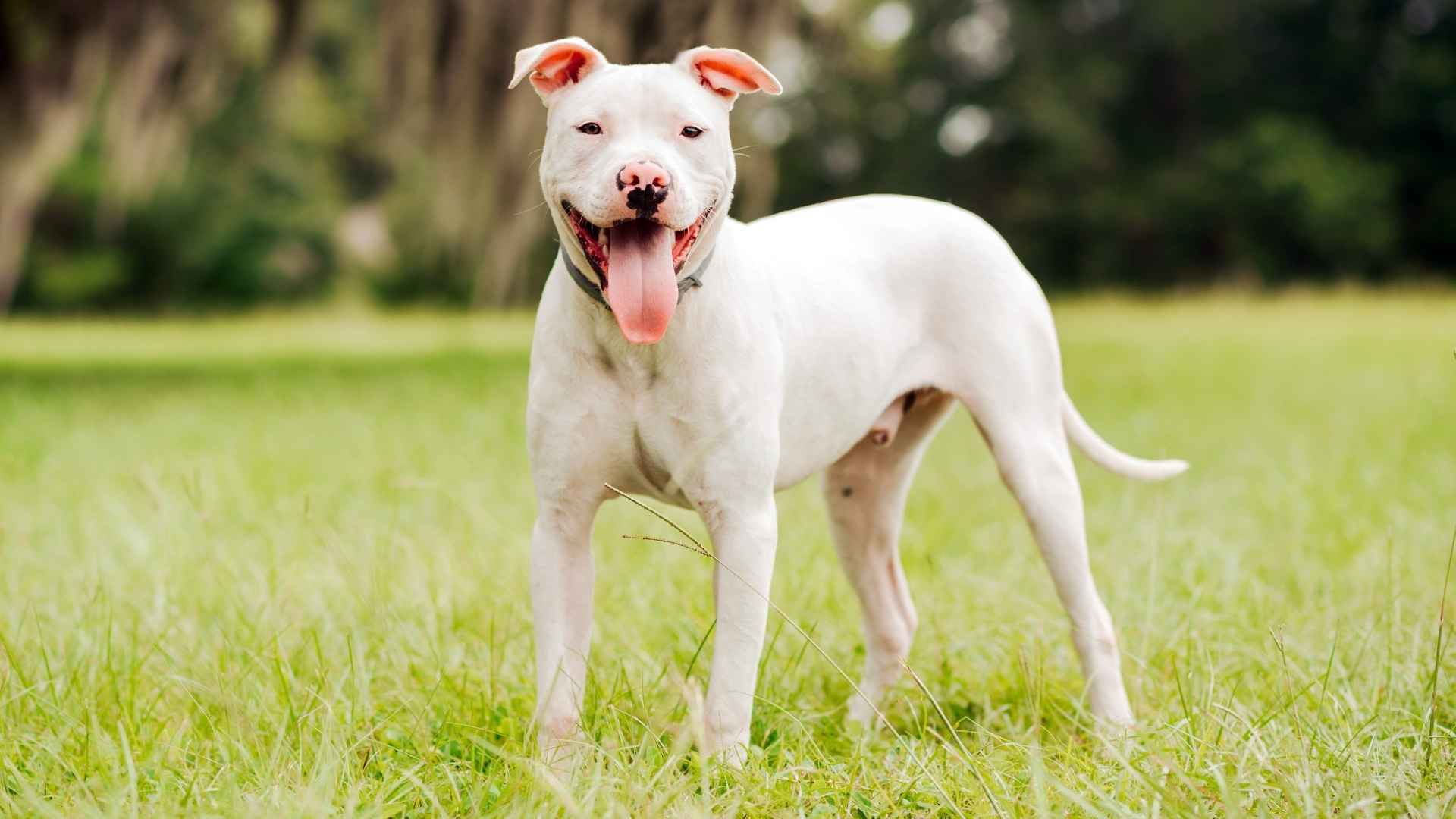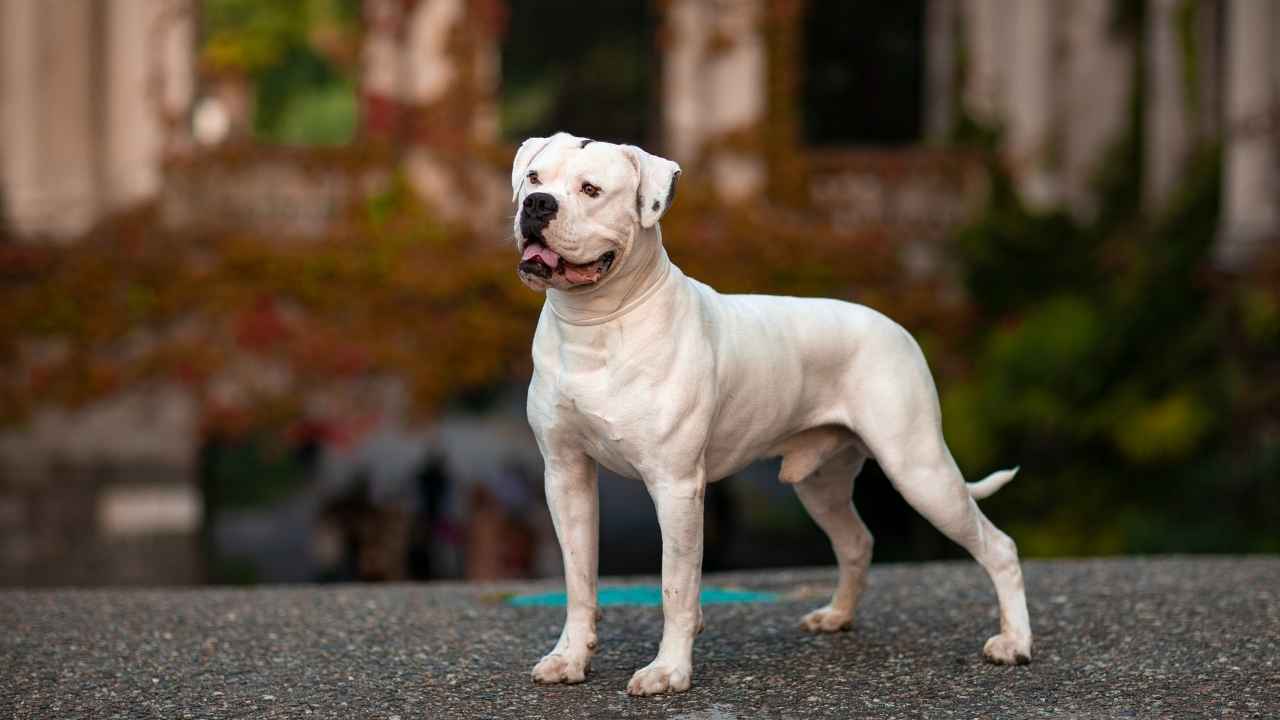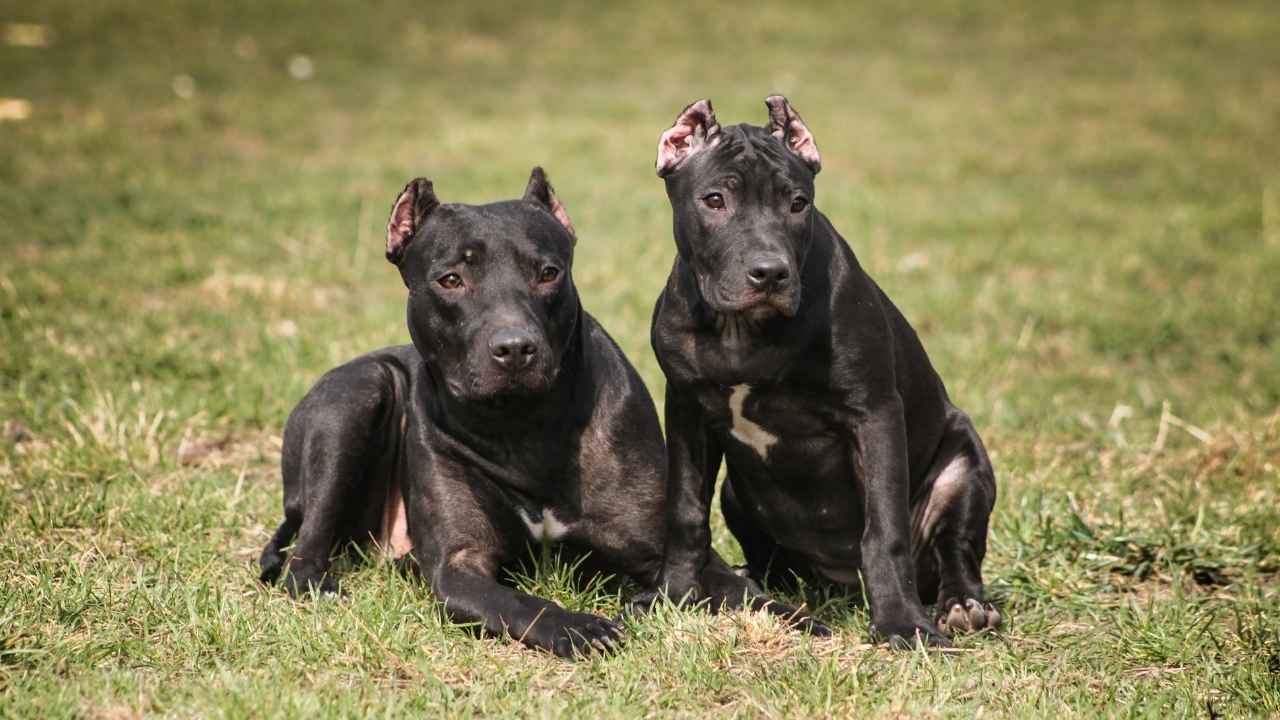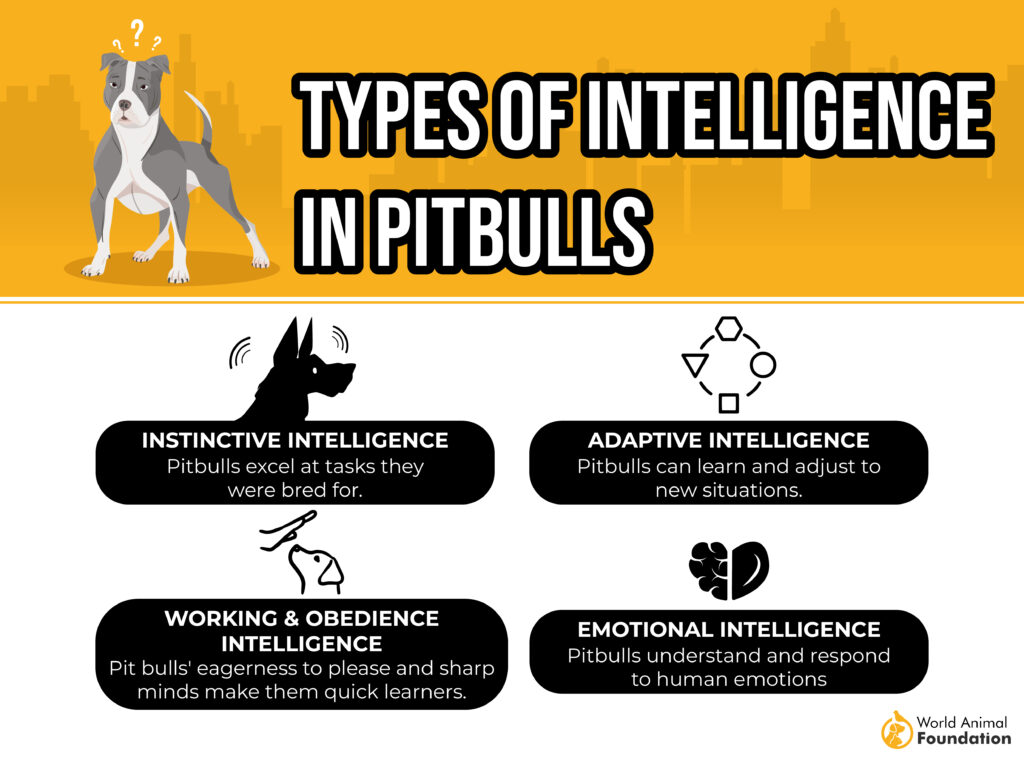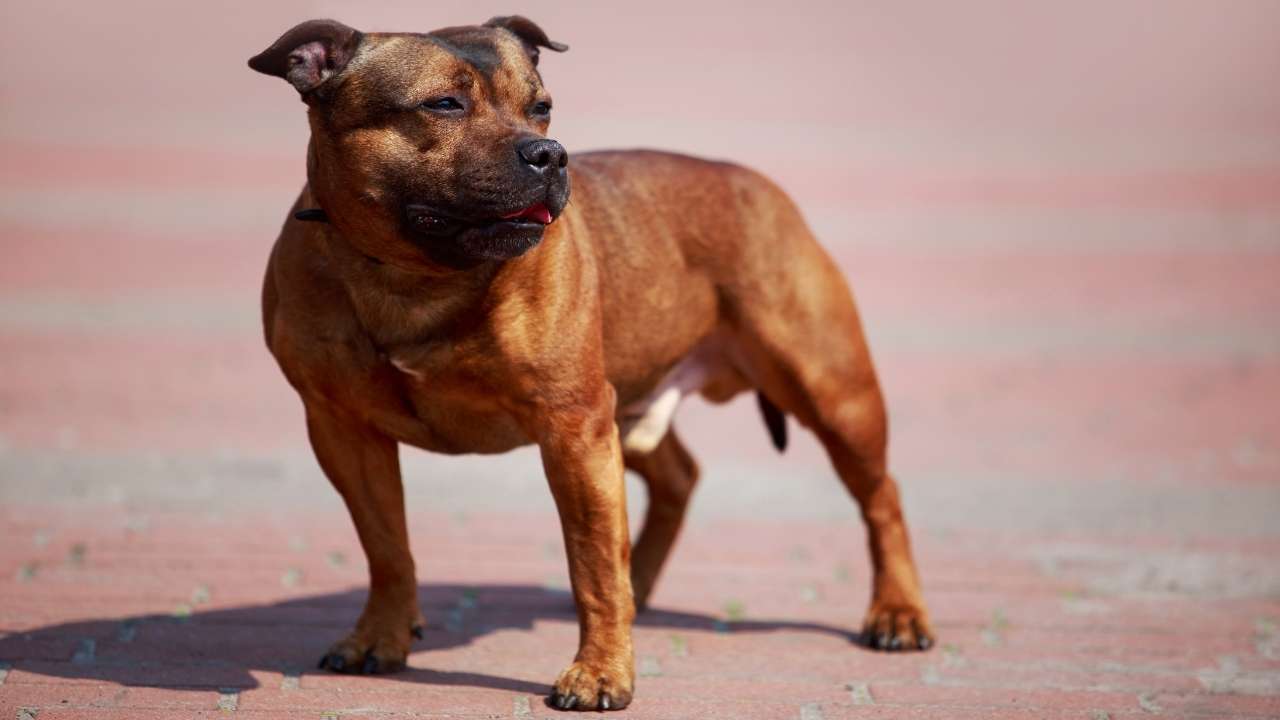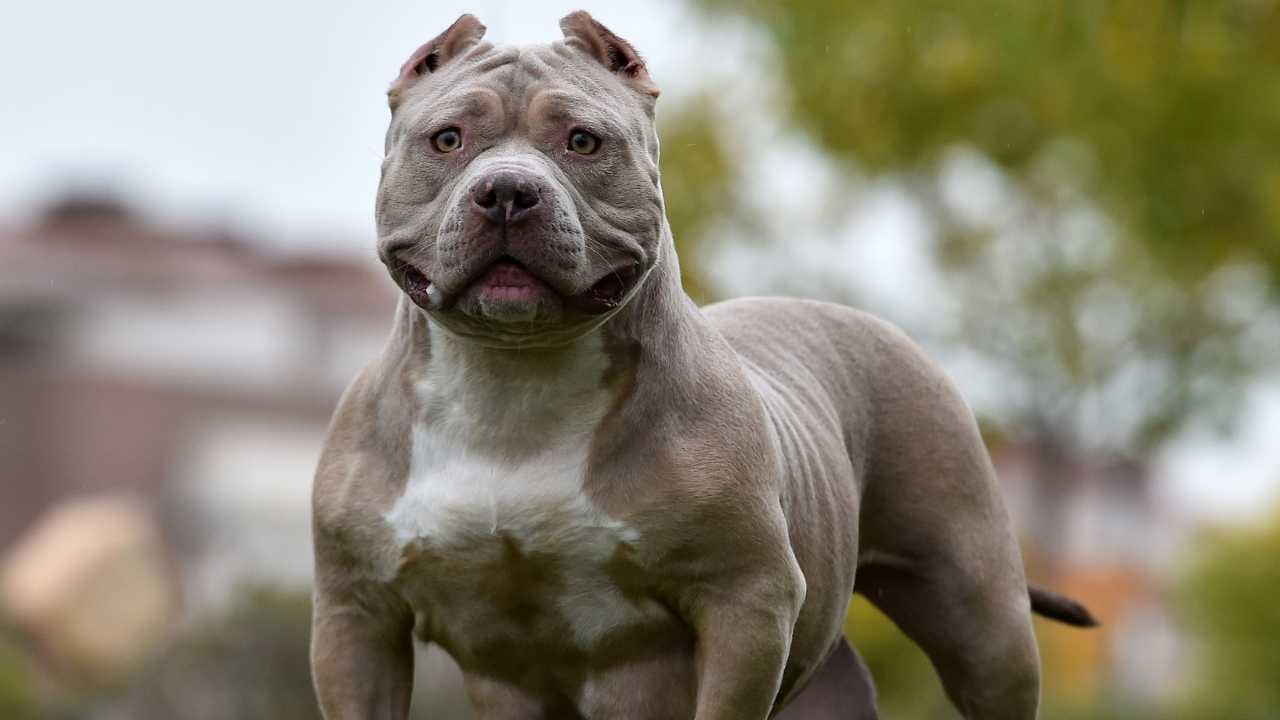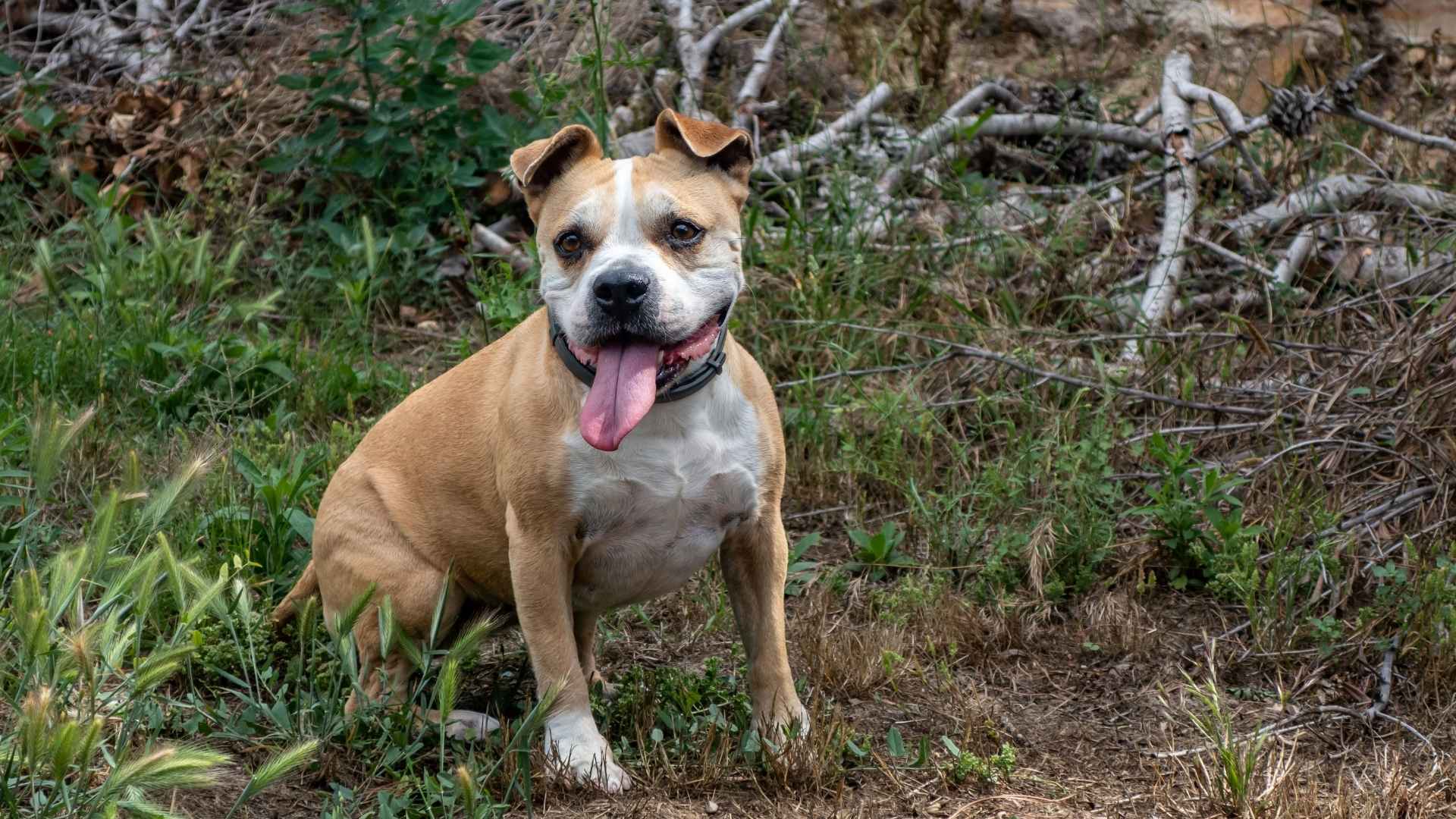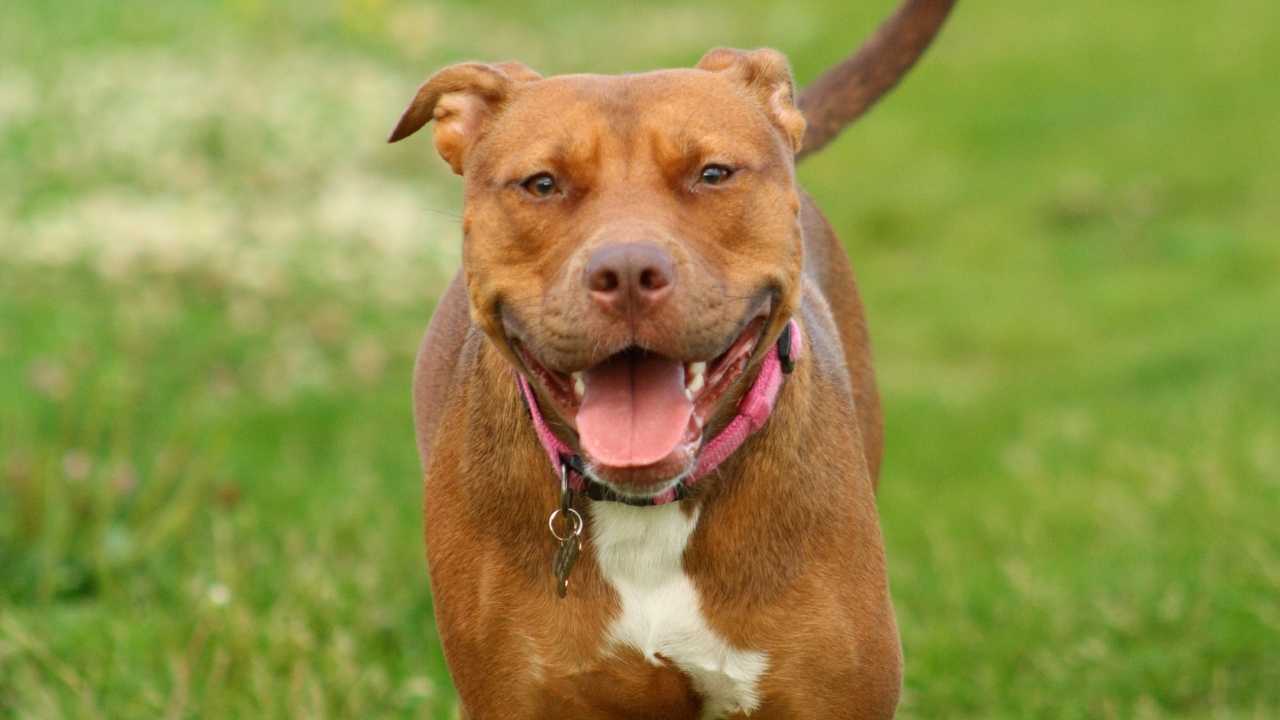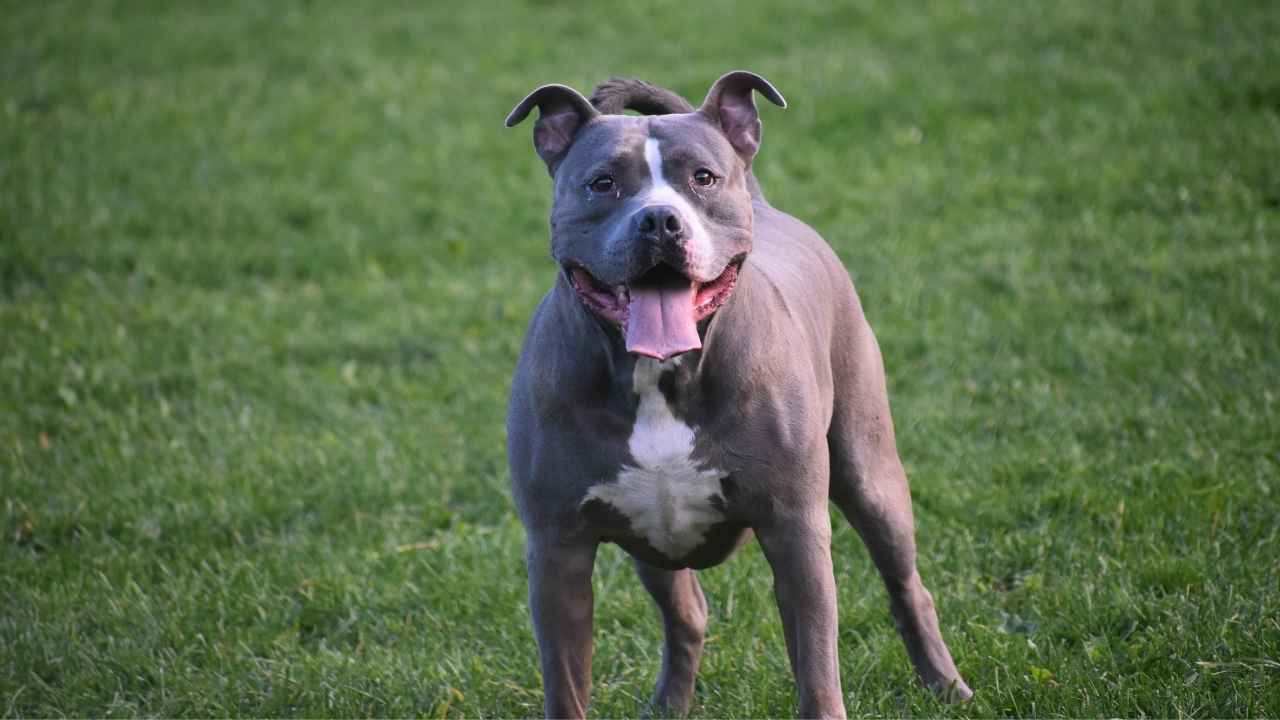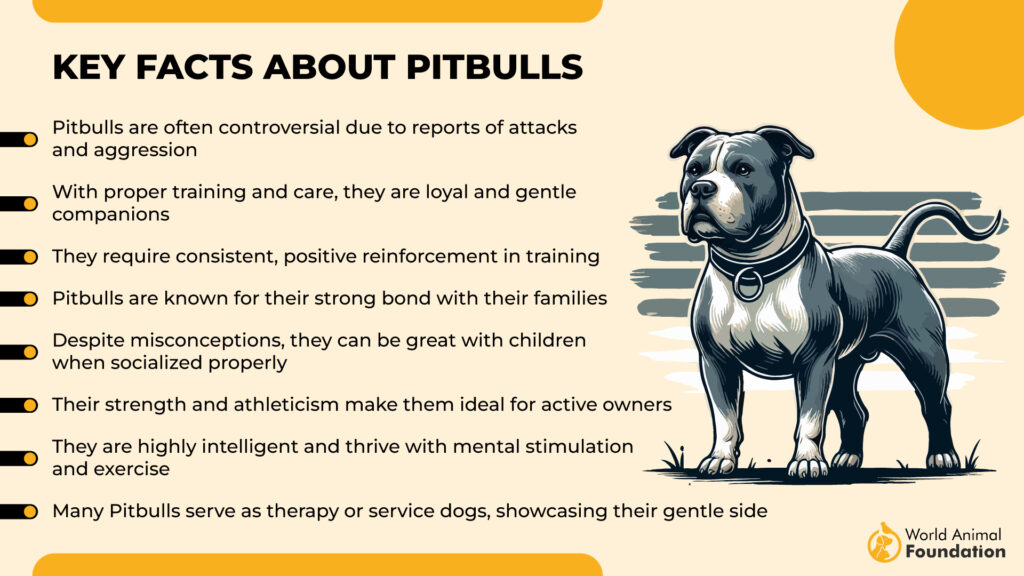Pit Bulls are often misunderstood, yet they encompass a variety of breeds, each with its own unique characteristics and charm. For dog lovers seeking a loyal, energetic companion, understanding the different Pit Bull breeds can help in selecting the perfect match. Whether you’re looking for a family-friendly pet, a devoted guardian, or a playful friend, exploring these seven distinct Pit Bull types offers insight into their diverse personalities. From the popular American Pit Bull Terrier to the affectionate Staffordshire Bull Terrier, each breed holds a special allure, promising unwavering companionship and unforgettable adventures for every owner.
Pit Bulls have a reputation as fierce and dangerous, but is that the truth—or just a myth? These dogs were once America’s favorite breed, known for their loyalty, intelligence, and strength. They were even used as mascot dogs during World War I to symbolize courage.
Historically, they were bred for bull baiting and blood sports, but as those brutal activities faded, they became farm dogs, family protectors, and loving companions. Their strength made them a favorite among working dogs, but bad owners turned them into a misunderstood breed.
Today, the fear surrounding Pit Bulls comes from irresponsible ownership and lack of proper training—not their nature. In reality, they are deeply affectionate, highly trainable, and fiercely loyal. Studies show that Pit Bulls score higher on temperament tests than many popular breeds like Chihuahuas and Dachshunds.
So, are Pit Bulls truly dangerous? The answer lies in who raises them. These dogs aren’t the villains—they’re the heroes in the right hands. Let’s explore what makes these breeds so incredible.
7 Types of Pit Bull Dog Breeds
1. American Bulldog
Once bred for bull baiting and farm work, the American Bulldog evolved into a strong, protective, and affectionate companion. Originating from the English Bulldog, this working dog was developed to guard livestock and assist hunters. Though it retains the stocky build of its ancestors, modern American Bulldogs are more athletic and agile.
PetMD explains physically, they boast broad heads, deep chests, and a powerful stance. Their short coat comes in various colors, making them low-maintenance in grooming but requiring high energy output. They’re commonly referred to as a gentle giant, balancing toughness with a good-natured demeanor.
While protective, they form strong bonds with their families and are good with kids when trained early. However, their size and determined nature mean they require consistent training and socialization. They can be aggressive toward other animals, particularly if raised without proper exposure.
Best suited for active owners who appreciate their loyalty and working dog spirit, American Bulldogs thrive in spacious environments where they can exercise regularly. Not ideal for first-time owners, they demand structured training and firm leadership.
|
Breed Cost |
$1,500 – $4,000 |
|
Maintenance Cost |
$800 – $1,200 annually |
|
Food Needs |
4–5 cups high-protein food daily |
2. American Pit Bull Terrier
The American Pit Bull Terrier is one of the most pit bulls recognized today. Initially bred for fighting dogs in blood sports, this terrier breed later gained popularity as a family companion and farmhand. Despite its history, APBTs are loyal, intelligent, and affectionate when properly raised.
Britannica notes that with a muscular build, blocky heads, and deep chests, they exhibit athleticism unmatched by many other breeds. Their short coat is low-maintenance, though their high-energy nature demands plenty of mental stimulation and exercise.
Personality-wise, APBTs are confident and social, yet require early socialization to prevent dominance issues. They are commonly included in breed restrictions due to their powerful bite and protective instincts, but they can be good-natured when trained well.
Best suited for experienced owners who understand their strong prey drive and training needs, they need an active lifestyle and a home where they won’t be left alone for long periods.
|
Breed Cost |
$800 – $2,500 |
|
Maintenance Cost |
$700 – $1,000 annually |
|
Food Needs |
2.5–4 cups of protein-rich food daily |
3. Staffordshire Bull Terrier
A British breed once used in blood sports, the Staffordshire Bull Terrier has transformed into a family-friendly companion. Unlike other pit bull types, Staffies were bred to be smaller, stockier, and compact while retaining strength and courage.
Their physical characteristics include a broad head, muscular frame, and short coat that requires little maintenance. Despite their stocky build, they are surprisingly agile and energetic, excelling in athletic competitions.
PDSA mentions that temperament-wise, they are good-natured, affectionate, and loyal to their families. Though they can be territorial, they tend to be more trusting of strangers than other pit bull breeds. Early training and socialization help manage their strong prey drive.
Best for families with children, they thrive in homes where they can be the center of attention. Due to their high energy levels, they require active owners who can provide regular exercise and mental stimulation.
|
Breed Cost |
$1,500 – $3,000 |
|
Maintenance Cost |
$700 – $1,100 annually |
|
Food Needs |
2–3 cups of high-protein food daily |
4. American Bully
A relatively new breed, the American Bully was developed from American Pit Bull Terriers and other bully-breed dogs. Unlike traditional pit bull types, they have blocky heads, wide chests, and exaggerated muscular frames.
UKC adds that despite their intimidating appearance, American Bullies are gentle, affectionate, and good with children. Their short coat is easy to maintain, but they require a nutritious diet to support their stocky builds.
Unlike other dogs in this group, they are low-energy and don’t need as much mental stimulation or exercise. They are social dogs, thriving in homes with other pets and children.
Perfect for owners looking for a low-maintenance, family-friendly bully breed, American Bullies are loving companions that enjoy cuddling as much as they do training.
|
Breed Cost |
$2,000 – $10,000 |
|
Maintenance Cost |
$1,000 – $1,500 annually |
|
Food Needs |
3–4 cups of high-protein food daily |
5. American Staffordshire Terrier
Originally developed for bull baiting and dog fighting, the American Staffordshire Terrier (AmStaff) has since shed its rough past to become a loyal, affectionate family dog. It is a recognized breed by both the AKC and the United Kennel Club.
Unlike some other breeds, AmStaffs were bred not only for strength and agility but also for companionship.
With a broad head, deep chest, and muscular build, they have the physical characteristics of a powerful athlete. Their short coat is easy to maintain, though they require plenty of exercise to stay healthy.
AmStaffs are intelligent, confident, and social. While they can be good-natured, they need early socialization to get along with other animals and strangers. Without proper training, they may develop territorial behaviors.
Best suited for experienced owners, they thrive in active homes where they get daily physical and mental stimulation. Due to their strong prey drive, they are not always ideal for homes with cats or smaller pets.
|
Breed Cost |
$1,000 – $3,000 |
|
Maintenance Cost |
$800 – $1,200 annually |
|
Food Needs |
2.5–4 cups daily |
6. Red Nose Pitbull Terrier
The Red Nose Pitbull Terrier, a specific breed variation of the American Pit Bull Terrier, has a reputation for being strong-willed, intelligent, and affectionate. Initially bred for fighting dogs in blood sports, they have transitioned into loyal companions when properly trained.
They are easy to identify by their reddish-brown coat, deep amber eyes, and signature copper-colored nose. With deep chests, blocky heads, and muscular builds, they embody the classic pit bull-type dogs known for strength and agility.
Despite their intimidating look, they are good-natured and eager to please. They require early training and socialization to avoid aggression toward other dogs and strangers. High mental stimulation is essential, or they may develop destructive behaviors.
Best for experienced dog owners, Red Nose Pit Bulls need a firm but loving hand, plenty of exercise, and an active household where they won’t be left alone for long periods.
@kaja_macho
#dogs #pitbullsoftiktok #pitbull #rednose
♬ оригинальный звук – ЛераДаня
|
Breed Cost |
$1,500 – $3,000 |
|
Maintenance Cost |
$900 – $1,300 annually |
|
Food Needs |
3–4 cups of high-protein food daily |
7. Blue Nose Pitbull Terrier
A rare variation of the American Pit Bull Terrier, the Blue Nose Pitbull Terrier is commonly included in discussions about specific breeds due to its striking blue-gray coat and nose. This relatively new breed variation is highly sought after, making it one of the more expensive pit bull breeds.
Physically, they have stocky builds, broad heads, and deep chests, sharing the strong characteristics of other bully-breed dogs. Their short coat requires minimal grooming, but they need a well-balanced diet to maintain their muscular physique.
Unlike some other pit bull types, Blue Nose Pitbulls are known for being gentler and more people-friendly. However, they still need early socialization and structured training to ensure they develop into well-behaved pets. Without proper guidance, they can become protective and territorial.
Best suited for owners who understand bully breeds, they thrive in loving, structured environments where they receive consistent training and plenty of exercise. These dogs form strong bonds with their families and require constant companionship.
|
Breed Cost |
$2,000 – $5,000 |
|
Maintenance Cost |
$900 – $1,400 annually |
|
Food Needs |
2.5–4 cups of high-protein food daily |
Conclusion
Choosing the right Pit Bull breed depends on your lifestyle, training ability, and space. Some, like the American Bully, are low-energy and family-friendly, while others, like the American Pit Bull Terrier, require experienced owners who can handle their high-energy traits. Socialization and structured training are essential for all Pit Bull types, ensuring they develop into well-mannered pets.
Pit Bulls are not just one breed but an umbrella term encompassing different types, including the Bull Terrier, English Bull Terrier, and the American Bulldog mix. While the American Kennel Club and United Kennel Club recognize some specific breeds, many Pit Bull-type dogs remain unregistered. That doesn’t make them any less deserving of love and proper care. Whether you adopt from a shelter or go through reputable breeders, always prioritize responsible ownership.
The stigma surrounding Pit Bulls is outdated. With proper training, exercise, and vet care, they can be loyal, affectionate, and well-adjusted pets. Like all recognized breeds, they thrive with consistent training, socialization, and a loving environment. Their physical characteristics may be intimidating, but their hearts are full of devotion.
If you’re ready to welcome one into your life, do your research. Disease control, early training, and responsible ownership are key to raising a happy, balanced Pit Bull. Whether you choose a purebred or a mix, these dogs deserve love, respect, and a forever home.
In exploring the seven types of Pit Bull breeds, it’s clear that these dogs offer a diverse range of characteristics for different owners. From the affectionate American Pit Bull Terrier to the robust Staffordshire Bull Terrier, each breed presents unique traits and needs. Understanding these differences is crucial for prospective owners to ensure a harmonious match between lifestyle and pet requirements. Despite the misconceptions surrounding Pit Bulls, they can be loyal, loving companions when raised with proper care and training. Ultimately, each of these breeds has the potential to be a cherished member of the family, showcasing the breed’s versatility and enduring appeal.

